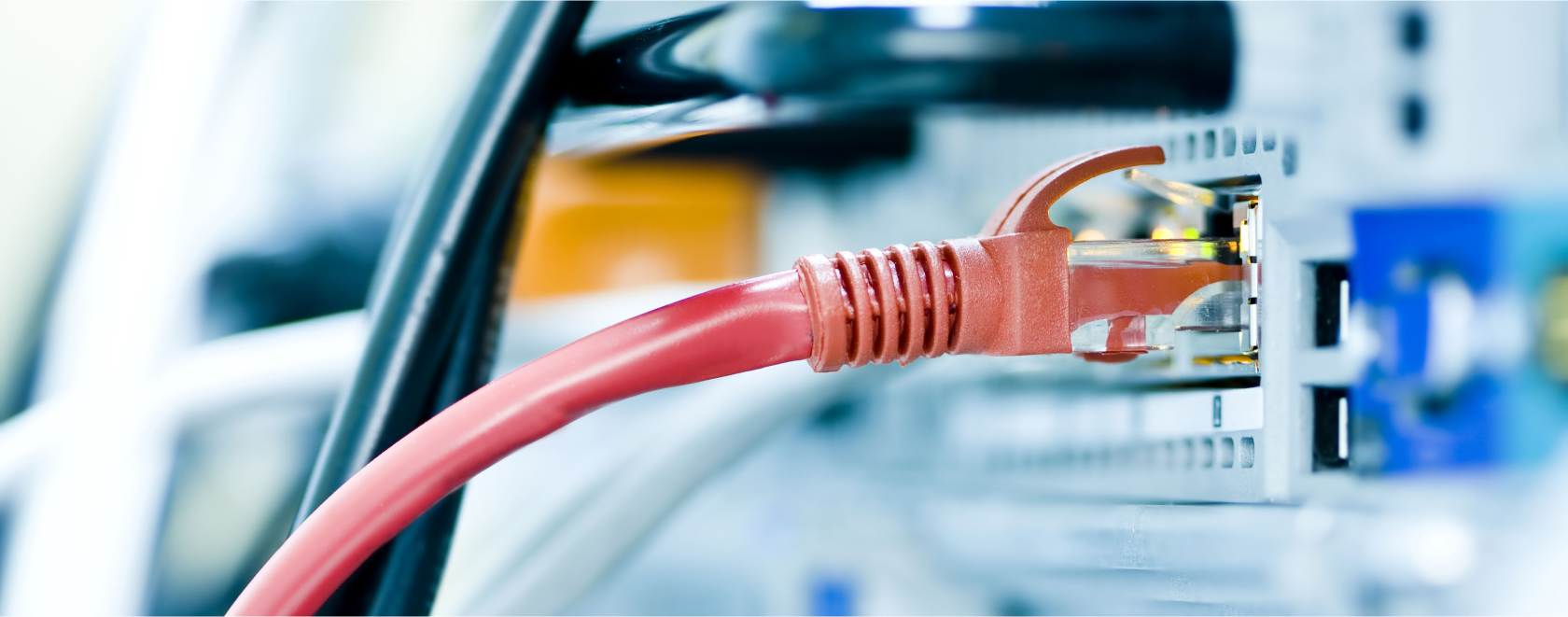In the world of modern entertainment, digital content is king. IPTV boxes and media players have evolved into versatile, powerful devices capable of delivering a rich viewing experience. But as their capabilities grow, so do the demands for storage. Whether you’re recording live TV, downloading high-definition movies, or running apps that require local caching, built-in storage is rarely enough. For many users, expanding the available memory becomes essential.
The question is: what’s the best way to do it? Should you plug in a microSD card, connect a USB solid-state drive, or invest in a network-attached storage (NAS) solution? Each option has unique advantages and limitations, and your choice will significantly affect the performance, convenience, and longevity of your device.
Understanding microSD Cards in Media Players
microSD cards are the most compact and straightforward method of expanding your media box’s memory. Their main appeal lies in their simplicity. Most IPTV boxes and Android TV media players come with a dedicated microSD slot, allowing you to increase internal storage without any external devices or cables.
The convenience is unmatched when it comes to size and integration. A microSD card sits flush inside the device, making it ideal for users who prefer a minimalist setup or want to avoid clutter. This also makes it a safe option in homes with children or pets, where protruding drives might be a liability.
However, microSD cards have performance ceilings. While newer models support UHS-I or even UHS-II speeds, real-world write and read speeds often fall short of what’s needed for high-bitrate video playback or demanding app storage. Moreover, microSDs are not designed for sustained read/write operations and may wear out faster under heavy use, such as frequent video recording or cache writing.
For casual users who primarily want to expand storage for apps, subtitles, or occasional media files, a high-quality microSD card from a reputable brand may be more than sufficient. But for advanced users looking for speed and durability, limitations become apparent rather quickly.
USB-SSD Drives: The Middle Ground of Speed and Versatility
A USB-connected solid-state drive (SSD) offers a compelling mix of performance and flexibility. Unlike microSD cards, USB-SSDs are built for more intense workloads, offering superior read/write speeds that are well suited for high-definition media streaming, quick file transfers, and application usage.
The plug-and-play nature of USB ports on media boxes makes installation straightforward. USB-SSDs also come in a wide variety of formats and storage sizes, giving users the freedom to choose a configuration that matches their specific needs and budget. In many cases, the drive can be formatted using the file system best supported by the media player — exFAT being a common choice for compatibility across multiple platforms.
In terms of durability, SSDs outperform microSD cards. They are designed for frequent and prolonged use, making them more reliable for continuous playback, downloads, or even acting as a buffer for recording live streams.
However, not all USB ports on media boxes are created equal. Some older models may only support USB 2.0, severely limiting data throughput. Even when USB 3.0 is available, the port may not deliver the full performance potential of the SSD. Additionally, a USB-SSD connected via cable adds to the physical footprint, which might not appeal to users seeking a sleek, unobtrusive setup.
Overall, for users who require robust performance and large capacity without investing in network infrastructure, a USB-SSD is an excellent choice. It’s particularly suitable for users who frequently download or stream high-resolution content and want reliable performance across the board.
NAS: A Powerhouse for Shared, Scalable Storage
For users with more advanced needs, network-attached storage (NAS) is in a category of its own. A NAS solution turns your local network into a private cloud, allowing multiple devices — including your IPTV box — to access a shared storage pool over Wi-Fi or Ethernet. This is ideal for households with multiple users or devices that need to stream or download from a central repository.
The key strength of NAS lies in scalability and centralized management. Instead of upgrading each individual media box or juggling multiple external drives, you can configure a single NAS with multiple terabytes of storage. Features such as RAID configurations, automated backups, and remote access further enhance its value for tech-savvy users.
In performance terms, NAS can deliver high-speed access, especially when connected over Gigabit Ethernet. However, real-world speed also depends heavily on the quality of the network and the protocols used (such as SMB or NFS). Media boxes with native NAS support or third-party apps like Kodi or Plex make integration seamless, but setup can be more complex than with direct-attached storage.
Another consideration is cost. A reliable NAS device with multiple drives and robust network capabilities can be significantly more expensive than either a microSD card or USB-SSD. It also requires additional setup steps, regular firmware updates, and occasional troubleshooting.
Yet for users who see their media setup as a long-term investment — perhaps integrating smart TVs, home theaters, and mobile devices — NAS is unparalleled in what it offers. It’s not just an expansion of storage; it’s an ecosystem.
Matching Storage to Your Needs
Expanding the storage of your IPTV or media player isn’t just about adding space — it’s about optimizing your experience. A microSD card offers simplicity and integration, making it ideal for light users with modest storage needs. A USB-SSD balances speed and affordability, perfect for users who consume high-definition content and need reliable performance. Meanwhile, NAS stands out as the ultimate solution for those seeking centralized, scalable, and multi-device storage, albeit at a higher cost and complexity.
The best choice ultimately depends on how you use your device. If your media box is the heart of your home entertainment system, investing in a high-performance USB-SSD or NAS will pay dividends in speed, convenience, and longevity. For simpler setups, a quality microSD card may be all you need.
